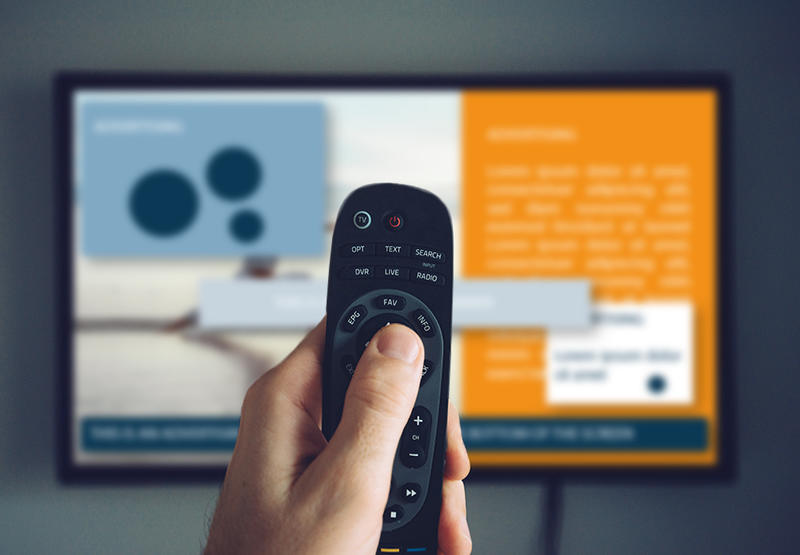
This year’s Nielsen Audience Report 2021 shows that radio, smartphones, and TV have the highest weekly reach in the US. However, TV is the media that still dominates when it comes to usage: 30 hours and 46 minutes per week.
The potential that television offers for advertisers was recognized relatively fast and so the world’s first commercial flickered on America’s screens as early as 1941 - around ten years before TV finally became a mass medium.
Today, television has the highest share of trust in advertising in the US. 59% Americans aged 35-49 consider TV spots very or somewhat trustworthy. TV offers the chance to reach an audience of millions in a very short time. However, it is increasingly difficult to stand out from the crowd and stick to the recipient’s mind. Fortunately, there are solutions for analysing and optimizing ad strategies: Innovative technologies such as ad campaign monitoring can help improve ad campaigns and understand target groups.
In addition to classic TV spots in different lengths, there is now a range of options for presenting your product or service on TV without being just one of many in the advertising block.
Many broadcasters offer what is commonly referred to as special ads. These reduce the risk of channel-hopping by the target audience. One of them is sponsorship: Trailers, programs, and more can be presented by a brand. It is important to add a sponsorship notice that must be clearly visible to the viewers.
Advertisements that stand out due to their unusual placement are also becoming increasingly popular, such as split-screen ads, where the ad runs over a section of the screen while a program is being broadcast. They are often used for live sports events, which grasp the audience’s full attention. Banners, which are usually displayed at the top or bottom of the screen, work on a similar principle.
Another form of split ads combines the channel layout with a commercial: Usually broadcast directly before or after an advertising block, the actual spot is framed in the channel design. The so-called program split, on the other hand, interrupts the current program in a similar way to split-screen ads, but in that case the program is paused for the time span of the clip - usually with the duration displayed and/or a message like “only one spot”.
Product placement can be an elegant solution for integrating products directly into the actual program. To avoid surreptitious advertising, the audience must be informed about this. There are hardly any limitations for products: From soft drinks to electronics to cars, nearly everything can be advertised with product placement. Depending on the value and use of the product, a counter-deal can often be negotiated, but the costs of product placements, just as for other TV advertising formats, depend mostly on reach, broadcast period and duration of the display.
In recent years, smart TVs have increasingly found their way into living rooms around the world - making TV advertising more responsive and interactive than ever before. Websites with commercial content that are displayed via digital advertising space can now be visited directly at the push of a button on the remote control. This in turn enables advertising designs that are very individual for a mass medium and the options are almost endless.
Despite the relatively young technology, TV advertising has developed rapidly and now offers the right solution for every purpose - we can hardly wait to see what innovations the future will bring!
You might also be interested in:
Broadcast media - The reliable ones during crisis
A Close Look at the Monitoring Trend
Building an Effective Strategy: Ways to Boost Your Business by Monitoring the Media